Science
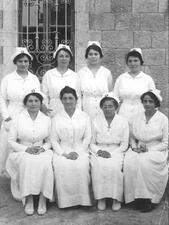
Anna Kaplan
Anna Kaplan was an American Jewish nurse who contributed significantly to developing the concept of nursing as a profession in Erez Israel at the beginning of the twentieth century. She was a leader in founding the nursing school, which later became the Henrietta Szold-Hadassah School of Nursing at the Hebrew University, Jerusalem.
Regina Kaplan
Regina “Kappy” Kaplan was nurse, teacher, hospital administrator, and health care innovator. Most notably, Kaplan helped break down gender barriers in medicine by creating the first nursing school in the South that admitted male students.
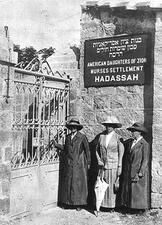
Rose Kaplan
Fay Berger Karpf
Fay Berger Karpf made major contributions to social science with her analysis of the history of social psychology and specifically with her support of the psychoanalyst Otto Rank. She taught for many years and wrote several books about the profound influence Rankian theories had on American psychoanalysis.

Joyce Jacobson Kaufman

Evelyn Fox Keller

Vitka Kempner-Kovner
Vita Kempner-Kovner was a heroic fighter on the front lines of the underground resistance to the Nazis.
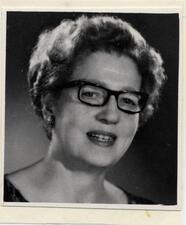
Lena Kenin
Lena Nemerovsky Kenin made major contributions to both gynecology and psychology with her successful medical practice and her groundbreaking work on postpartum depression.
Lillian Ruth Kessler
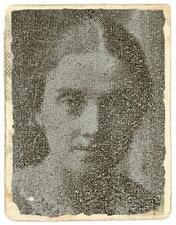
Helene Khatskels
As a member of the General Jewish Workers’ Bund, Helene Khatskels fought to realize socialist ideals about autonomy and liberation. As a Yiddish teacher and writer in Tsarist Russia and later the Soviet Union, she demonstrated a commitment to spreading and inspiring pride in Yiddish culture.
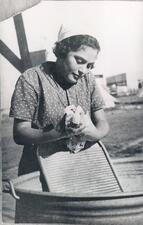
Kibbutz
Although the kibbutz was intended as an equalitarian, democratic utopia, attempts to achieve gender equality have been limited by traditional masculinities and male-controlled spheres and gender inequalities have persisted.
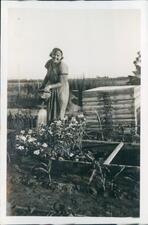
Kibbutz Ha-Dati Movement (1929-1948)
Beginning in 1929, the religious kibbutz (Kibbutz Ha-Dati) movement represented the confluence of progressive ideals of equality and collectivism and traditional customs of Judaism. As a result, women in the movement lived at a crossroads.
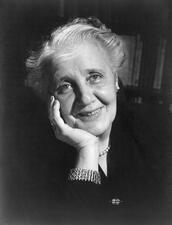
Melanie Klein
Melanie Klein was a pioneer in the psychoanalysis of children and inventor of the “play technique.” She contributed important insights regarding the treatment of individuals suffering from psychosis and personality disorders. Born to a Jewish family in Vienna at the turn of the century, she later lived and practiced in Budapest, Berlin, and London.
Irene Caroline Diner Koenigsberger
A distinguished chemist credited with discovering the molecular structure of rubber, Irene Caroline Koenigsberger refused to patent her work, making her discovery available to all. She was also an important figure in the Washington, D.C. Jewish community, cofounding Temple Sinai and the B’nai B’rith Hillel at George Washington University.
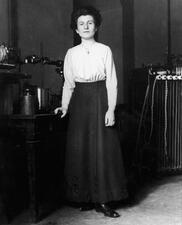
Hedwig Kohn
Born in Breslau, Hedwig Kohn was one of the early woman pioneers in physics. After a narrow escape from Nazi Germany, she went on to teach at Wellesley College and pursue independent research at Duke University in the field of flame spectroscopy, measuring absorption features of atomic species in flames.
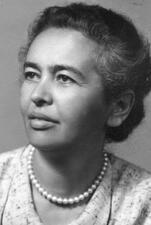
Malka Kolodny
Malka Fisz Kolodny served as one of the first teachers in pre-State Palestine. She taught subjects ranging from basic literacy to chemistry and biology and encouraged, counselled, and supported her students, staying in touch with them for years.
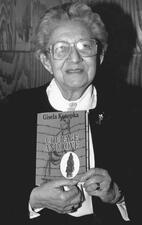
Gisela Peiper Konopka
Berlin-born Gisela Konopka built an international reputation as a group social worker and expert on youth issues. Lauded for her involvement in the rebuilding of social services and education in post-war Germany and beloved by her students at the University of Minnesota, Konopka received more than 42 awards in her lifetime.
Gertrud Kornfeld
Gertrud Kornfeld was the first woman scientist to receive an academic appointment at the University of Berlin, having been appointed lecturer in physical chemistry in 1928. After being dismissed in 1933, she eventually made her way to the United States, where she became a researcher for the Kodak Company in New York.
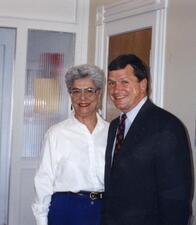
Marcia Koven
Marcia Koven was the founding curator of the Saint John Jewish Historical Museum, one of a number of museums dedicated to Jewish history in Canada’s Maritime Provinces. Her work inspired other Jewish museum projects in Atlantic Canada, and she held a number of other leadership roles related to Jewish life and history.
Frances Krasnow
Frances Krasnow helped bring scientific rigor to dental medicine through her research into oral biochemistry and microorganisms. A graduate of Barnard College, Columbia University, and the Teachers Institute of the Jewish Theological Seminary, Krasnow would eventually receive recognition for being a pioneer in both science and Jewish education.
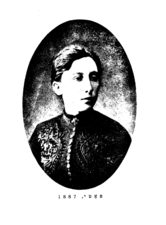
Pati Kremer
Pati Kremer was one of the pioneers of the Jewish workers’ movement in Eastern Europe. Already an active member in the 1890s of the so-called Vilna Group, the precursor to the Bund, she remained closely associated with the Jewish workers’ party until her death in the Vilna Ghetto.
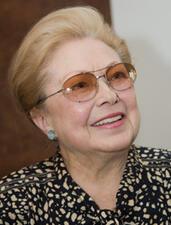
Mathilde Krim
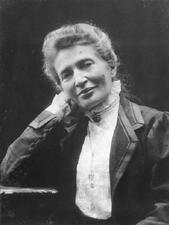
Anna Kuliscioff
Born in Russia but educated in Switzerland, Anna Kuliscioff became one of the key figures in Italy’s early socialist movement and was a feminist advocate who concentrated on poor women’s issues. In her later life, she helped publish a socialist periodical and hosted a prominent salon, often with her partner Filippo Turati.
Rose Kushner
With a self-described “streak of stubbornness, and a loud voice as well,” Rose Kushner—journalist, activist, and patient advocate—raised American national consciousness on breast cancer and helped create a national movement around the issue.

Hedy Lamarr
Austrian film star Hedy Lamarr was best known in her day as an exotic beauty, cast in Hollywood as a foreign temptress. Yet during the war, with composer George Antheil, she invented a system for torpedoing U-Boats that was patented and then forgotten.


